The Ultimate Guide to Acoustic Ducting
Acoustic ducting is a beneficial form of ducting that can be a valuable asset in certain areas that require ducting, but also need as much silence as possible without compromising ventilation.
In this blog, we will provide the ultimate guide to acoustic ducting.
With new buildings being made to be as energy efficient as possible, and the UK aiming for 95% of its electricity usage to be low carbon by 2030, it is imperative to understand how we can make the most of our ventilation. This is where applications such as extractor fans and heat recovery ventilation units come in.
To prevent mould, fresh air should constantly be introduced into your dwelling daily, as it helps to regulate temperature and reduce condensation. Introducing fresh air can be as simple as having a ventilation routine, or installing extractors or MVHR units. Almost all of this is facilitated by ducting.
What makes HVAC loud?

Although we can expect our HVAC unit, and it’s ducting to have some sort of sound emitting, we do not, and should not, expect it to release a loud and continuous sound that is unpleasant. This is not the case with HVAC units, they generally are quiet. So what are the causes of an unusually loud HVAC unit and its ducting?
- An old HVAC unit.
- obstructions/excess dust within the unit or its ducting.
- Incorrect installation that has left many fittings loose, causing the unit and ducting to vibrate, etc.
- Sometimes, the room it is placed in can alter the actual volume of the unit. A large, open room that has no furniture and isn’t sound treated will result in a HVAC unit being louder.
- Changes in the area surrounding the ducting.
- Upgrading your HVAC unit but using old ducting.
Is loud HVAC/ducting even an issue?
Although some of us may have different levels of sensitivity to sound, the loudness of a unit in the home or other building can be much more distracting to one person than it is to another.
If a HVAC unit or ducting is too loud, it can prevent someone from concentrating, if it’s in the home space, it can even prevent you from sleeping, which will definitely accumulate your stress. If you feel your HVAC unit is louder than it used to be, it may be worth calling an expert to check on it, or conducting your own maintenance, if it is safe to do so.
In rare cases, a loud HVAC unit can be an indication of something more serious, so it is best to get an expert opinion.
The ultimate guide to acoustic ducting
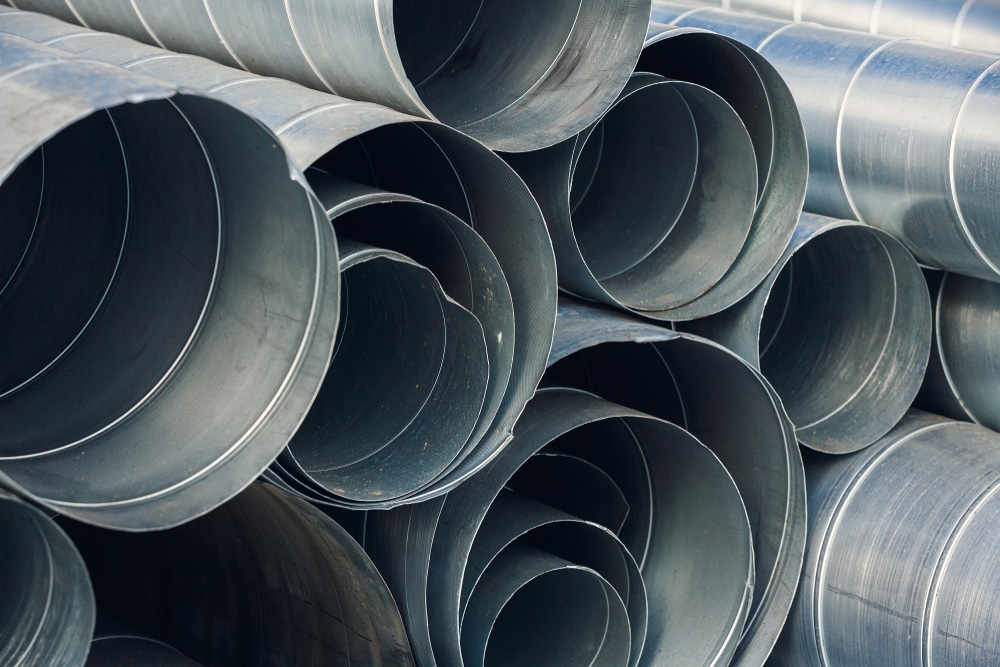
So let’s start with the basics. What exactly is acoustic ducting?
Acoustic ducting is a type of ducting, which can be applied to flexible or rigid ducting, that is designed to reduce noise that travels through ventilation systems. It is commonly used in:
- HVAC systems, it can reduce noise from air conditioners, fans, and the airflow within HVAC systems, thus creating a quieter environment.
- Industrial settings can benefit from acoustic ducting as it can minimise the noise generated by machinery and air handling equipment.
- Settings which require ventilation but as little sound bleed as possible, this can include certain music studios, and other environments in which noise can affect the area.
So now that we have the basics out of the way, how does acoustic ducting work? Generally, acoustic ducting has 3–4 parts that contribute to its noise dampening effects, they are:
- The inner core: This is the standard area affiliated with any piece of ducting, usually made from aluminium or steel, and sometimes plastic.
- Sound insulation: Acoustic ducting features an additional layer of sound absorbing material, this can be made of fibreglass insulation which is wrapped around the outside of the inner core.
- Perforated layer (optional): Some acoustic ducting can feature a perforated inner layer which allows air to pass, but also disrupts sound waves which can contribute to dampening noise.
- Outer jacket: The sound insulation layer is then encased in another layer of aluminium, or other appropriate material, for further protection and durability.
Can ducting insulation be used as acoustic ducting?
Not exactly, if you purchase ducting insulation specifically for sound dampening purposes, you won’t get many results. Although ducting insulation can contribute to a reduction in sound output from a duct, it is not made for that.
Ducting insulation is made specifically to keep the temperature within the duct at a stable and consistent temperature to protect it from instances of condensation. It is not made with the aforementioned layers that acoustic ducting has.
Similarly, acoustic ducting provides a nominal level of thermal insulation, but not to the same standard or consistency as ducting insulation.
Can I use ducting insulation over acoustic ducting?
In theory, yes. If you want the benefits of a reduced sound output from your ducting, in addition to improved insulation, then there is a possibility to use both together. However, this may not be the case in every instance and is subject to the size of the ducting being used.
Why is my ducting still loud?
If you have recently had acoustic ducting professionally installed, and you still find that the sound output hasn’t changed, or has only reduced slightly, consider calling an expert for their diagnosis.
That being said, your main HVAC unit may be the source of the sound. Ensure this is not the case by checking the area where it is housed. If it is the unit itself, it may require maintenance or repair.
Where to purchase ducting
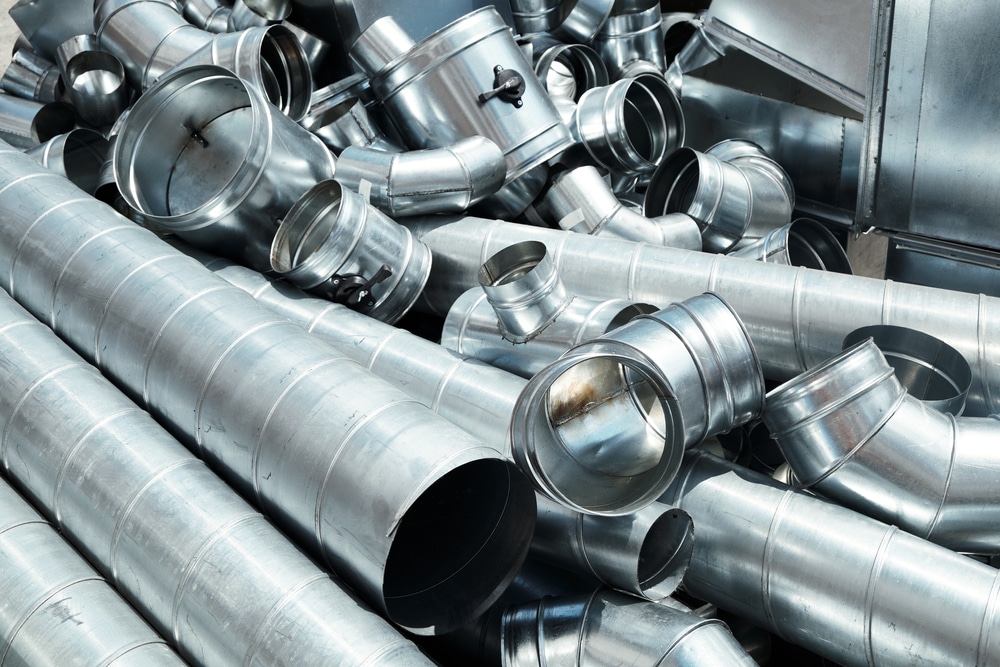
I-Sells is an established and trusted provider of ducting, sealant, ventilation solutions and much more! Simply click this link to see our range of items available. Whether you are buying it for yourself, or you are a HVAC expert, and everything in-between, we cover almost every possibility.
Struggling to figure out which option works best for you? Not to worry! Simply contact us about your enquiry, and we will try our best to help you find a solution that helps you to breathe a little more easily, literally!
Can anyone install ducting?
For domestic settings, depending on the complexity of the installation, it is possible for almost anyone to install ducting themselves. However, any electrical installations must be completed and checked by a qualified electrician.
Regarding ducting, we would generally recommend that you use the services of an expert to install it. Professional installers will be sure to…
- Make sure your ducting is the right fit for the HVAC item you are using.
- Ensure that installation of the ducting does not damage the structure or any internal components of the building.
- Check to make sure the HVAC item is working with the ducting as it should.
Purchase ducting today
At I-Sells, all things ventilation and ducting related is our speciality, we are here to answer the questions we know are common for those new to HVAC and what it encompasses.
We at I-Sells endeavour to ensure our customers have all the information they require before investing in our mould solutions. Be sure to visit our blog page to learn about the vast array of factors and issues surrounding ventilation, mould, condensation, and much more.
Within this blog, we hope to have shown you have provided the ultimate guide to acoustic ducting, whilst providing you with supplementary information to help you going forward.
We understand you may have more questions, do not hesitate to contact us for more information about whatever you need our help with. If you’d like to email us, click here. For other contact options, see below:
Call us on 020 8463 9696
Visit us at our showroom:
*OPENING TIMES*
Monday – Friday: 8:00 am to 5:30 pm
Saturday: 9:00 am to 12:00 pm
Sunday: Closed
15 St John’s Parade
Sidcup, Kent
DA14 6ES
United Kingdom

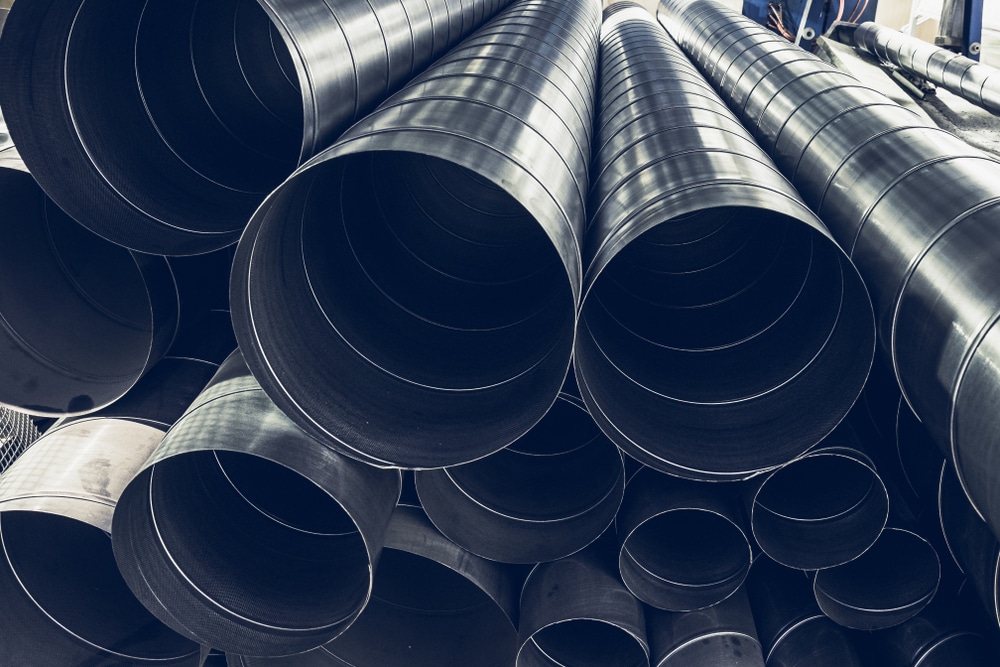

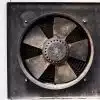
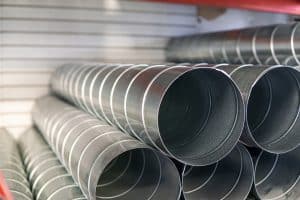
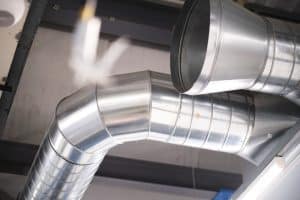


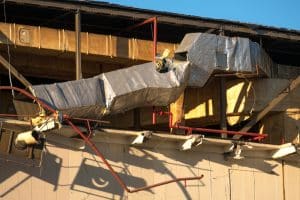


















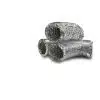

Add comment
You must be logged in to post a comment.